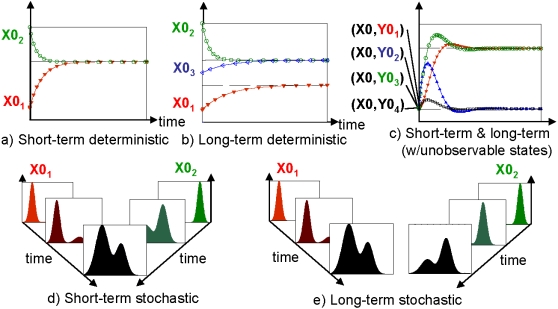Figure 4. Different types of history-dependent behavior one might observe.
a) Short-term deterministic memory. State trajectories ‘remember’ their initial condition for some time, and then converge to a common asymptotic behavior. b) Long-term deterministic memory. State trajectories of multi-stable systems ‘remember’ which basin of attraction their initial condition started in indefinitely (the basin containing X01 vs. the basin containing X02 and X03), but retain a memory of the exact initial condition within a basin of attraction only transiently (X02 vs. X03). c) Short-term and Long-term memory in a system with unobservable states. The state space of the cell is two dimensional (X,Y), but only one of the two dimensions, X, is observed. Though all four initial conditions are distinct in the larger space, the unobserved Y component renders them identical to the observer. Thus the trajectories appear to diverge from a common starting point and approach one of two asymptotic states. This gives the observer the impression of first an increase in information and memory and then a decrease as the trajectories approach their long-term values. d,e) If measurements are made on single cells rather than on averaged populations (as we did in this paper), history-dependent distributions may be observed. d) Short-term stochastic memory. State trajectories are probabilistic in individual cells, with a distribution over the population that initially retains a ‘memory’ of the initial condition of the population. In the long-term, this memory degrades as the distribution approaches a global attractor. e) Long-term stochastic memory. The distribution over the population retains a ‘memory’ of the initial condition indefinitely, or at least over the time-horizon of the experiment.

